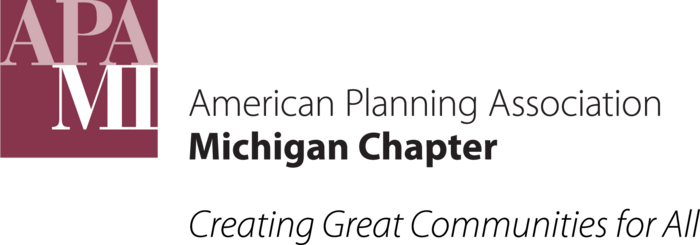Step 2: Develop a Vision
Once the community has a deep understanding of its waterfront dynamics, the next step is to develop a vision for the waterfront’s future.
This vision should reflect a community consensus on its desired future. To achieve this, community leaders must engage as many residents as possible, representing diverse perspectives, using various visioning techniques.
Community Forums
Public forums allow community members to participate in structured brainstorming sessions. These events should be:
- Well-scheduled in advance to maximize attendance.
- Inclusive, with food and child care available, especially for evening events.
Forum Activities
- Collaborative Mapping: Participants identify key areas on maps.
- SWOT Analysis: Examine Strengths, Weaknesses, Opportunities, and Threats.
- Visual Preference Surveys: Participants react to images of potential land use alternatives.
Open House Format
An open house offers flexibility for attendees to join at their convenience. Activities include:
- Adding Post-It notes to SWOT charts or maps.
- Marking up blank maps with suggestions.
- Toy money jars for prioritizing potential capital improvements.
- Viewing a looped visual preference survey.
Focus Groups
Focus groups bring together stakeholders to provide targeted perspectives.
Best Practices for Focus Groups
- Organize by category, not by viewpoint.
- Encourage constructive discussions, even among opposing perspectives, to build a shared vision.
Online Outreach
Technology can broaden community engagement by reaching diverse groups.
Online Tools
- Questionnaires: Simple and easy to create.
- Collaborative Mapping Platforms: Enable community-driven map creation (e.g., MySidewalk).
- Text Outreach: Tools like Textizen allow direct outreach via SMS.
- Social Media: Platforms like Twitter and Facebook can be effective but require regular updates and active management.
Partner Organizations
Partner organizations can provide:
- Technical expertise.
- Information.
- Funding for visioning efforts.
Potential Partners
- Local Partners: County road commissions, drain commissions, health departments.
- Regional Partners: Councils of governments, metropolitan planning organizations, watershed councils, land conservancies.
- State Agencies:
- Environmental Quality (MDEQ)
- Natural Resources (MDNR)
- Health (MDHHS)
- Transportation (MDOT)
- Agriculture (MDARD)
- Housing (MSHDA)
- Historic Preservation (SHPO)
- Economic Development (TED)
- Federal Agencies:
- NOAA
- FEMA
- FERC
- National Flood Insurance Program
- Army Corps of Engineers
Coordination with Neighboring Jurisdictions
Communities should consult with neighboring jurisdictions to ensure:
- Consistency across shared water bodies.
- Cooperation beyond the required draft plan distribution process.

